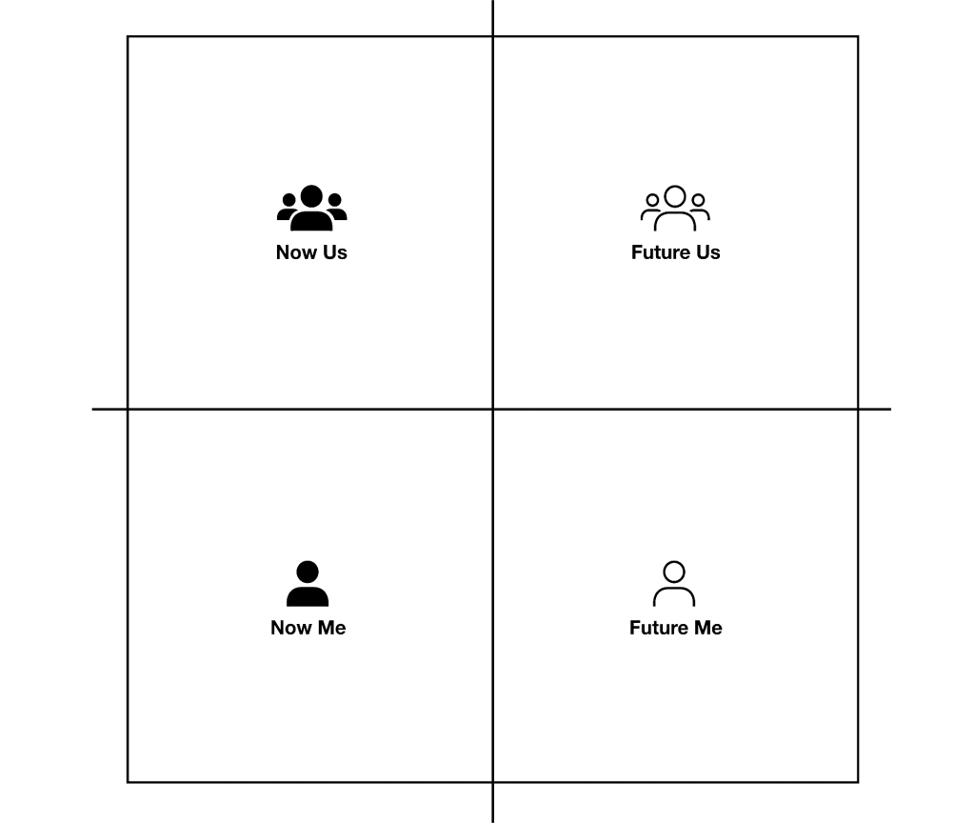“Find joy in everything you choose to do. Every job, relationship, home... it's your responsibility to love it, or change it.” – Chuck Palahniuk
We put a lot of thinking, planning, energy and measurement into our work lives. Setting goals, measuring, readjusting, repeat. More with less. Faster and faster. Efficiency and effectiveness. Strategy, objectives, goals and tactics followed by measurement and readjustment.
Key Performance Indicators (KPI) measure the achievement of business objectives. Common KPIs include new revenue, total revenue, new customer acquisition, client retention, average sale size, customer satisfaction, efficiency of processes, employee retention, etc. KPIs should be strategic, simple, relevant over time, clearly defined, in our control and influence with a focus on improvement.
By identifying measures, we can determine if our effort is making an impact or being wasted. Lagging indicators measure performance in the past and leading indicators predict the future. It’s safe to focus on the past at the expense of the future. But our future is the result of the actions we take today.
Imagine the depth and dimension of our days if we put this same rigor and discipline into the quality of all aspects of our life. Are you measuring the entirety of your life – your heart, mind, spirit, relationships – beyond your role as “worker, producer and contributor to the economy?”
Personal KPIs include joy, fulfillment, purpose, meaning, healthy relationships, kindness, connection, empathy, laughter, creativity and flow. The inputs to achieve performance in these areas are quiet, rest, relaxation, hobbies, reflection, play, open space, slowness, wandering in nature and deep conversations. These inputs seem unnatural, unfamiliar and counterintuitive.
Diffen compares the difference between joy and happiness as emotions where a person has feelings of contentment or satisfaction. Catcher in the Rye author J.D. Salinger wrote, "The fact is always obvious much too late, but the most singular difference between happiness and joy is that happiness is a solid and joy a liquid." The pursuit of joy leads to balance, purpose and creativity.
In January, Harvard Business Professor and innovation researcher Clayton M. Christensen passed way from complications of leukemia at the age of 67. His extensive research and book Innovators Dilemma are the foundation for disruptive innovation that’s led to several revolutionary businesses like UBER and AirBNB. Old business models transformed through the democratization of technology, a growing gig economy and agile models. Looking at old things in new ways, asking “why not?” and “what if?”
Based on the commencement speech that he gave to the 2010 Harvard Business School’s graduating class, Christensen wrote How Will You Measure Your Life? translating business principles into life principles. Two key insights he shared are creating a strategy that diversifies your resource allocation and avoiding the “marginal costs” mistake.
We have limited time and competing demands for our attention. If we invest all our energy into one area, we are not appropriately allocating our resources to nurture and sustain a fulfilling life which is grounded in relationships, spiritual/soul work and growth. When our strategy is pursuing our purpose, our energy and resource allocation will be invested in activities that produce enthusiasm, creativity and flow. That has a positive impact both personally and professionally.
“We’re taught in finance and economics that in evaluating alternative investments, we should ignore sunk and fixed costs, and instead base decisions on the marginal costs and marginal revenues that each alternative entails. We learn in our course that this doctrine biases companies to leverage what they have put in place to succeed in the past, instead of guiding them to create the capabilities they’ll need in the future. If we knew the future would be exactly the same as the past, that approach would be fine. But if the future’s different—and it almost always is—then it’s the wrong thing to do,” stated Christensen.
On Cathy Heller’s podcast this week, she interviewed cofounder and former CEO of Kickstarter Yancey Strickler who has written a new book, This Could Be Our Future – A Manifesto for a More Generous World based on the principle of bentoism which is “the belief that our self-interest isn’t solely defined by what we want and need right now. Our self-interest extends to the considerations of our future selves, the people who rely on us, and the next generation.”
The “Now Me” craves safety, pleasure and autonomy. The “Future Me” is driven by purpose, grit, and the pursuit of mastery — values earned over time. “Now Us” is your current relationships and the give and take. “Future Us” is the next generation. The method is to ask a question and answer it in each of the four quadrants.
Strickler states that “every choice we make has a footprint on the ‘now me,’ the ‘future me’, the ‘now us,’ and the ‘future us.’ See beyond right now and make room for tomorrow.” When we are fully aware that our choices today impact our tomorrow and expand our perspective beyond “me” to “us” – the foundation of empathy – we can impact our future self and collective self by specific daily actions.
To illustrate the exercise, he shares an example of how to apply the grid to frame daily actions with the question on “How should I use my energy?” That’s a relevant and urgent question to ask and answer to ensure that we are investing our limited time and energy in creating a joyful life.
How will you measure your life? A JOY KPI is a leading indicator worthy of pursuit.





